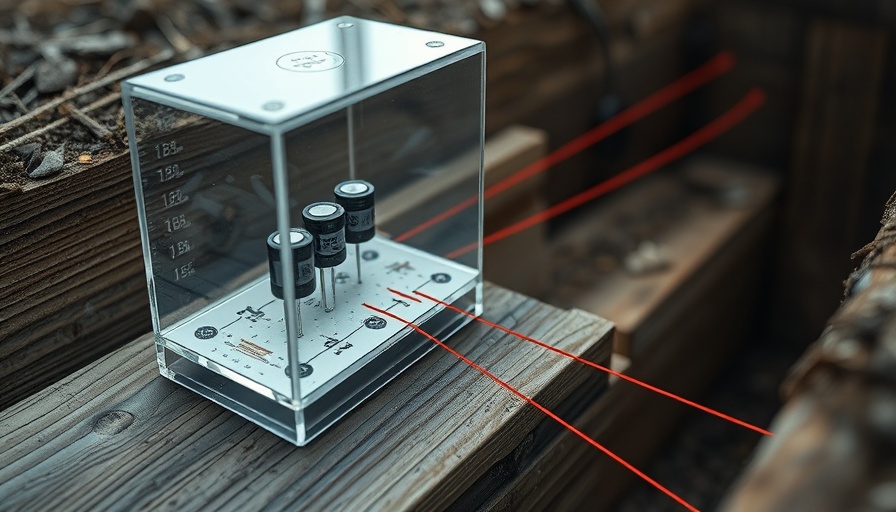
Unlocking the Universe Under Our Feet: The Power of Muon Tomography
In an era where do-it-yourself (DIY) technology is blossoming, muon tomography is emerging as an exciting way for enthusiasts to survey the unseen spaces below our feet, all from the comfort of home. For just $100, individuals can construct their own muon detectors, drawing inspiration from a groundbreaking concept that began in the mid-1960s.
What Are Muons and How Do They Work?
Muon tomography utilizes muons—subatomic particles created when cosmic rays collide with Earth's atmosphere. These muons can penetrate solid rock and other dense materials much like an X-ray, making them an invaluable tool for scientists and treasure hunters alike. In fact, this technology has been used to explore ancient pyramids, investigate volcanic activity, and even assess nuclear reactors, showcasing its versatility and potential.
A Fabled History of Discovery
The roots of muon tomography trace back to Nobel laureate Luis Alvarez, who famously proposed using muons to uncover hidden chambers within the pyramids of Giza. Although his initial attempts didn’t reveal any secret rooms, they laid the groundwork for future explorations that ultimately did, highlighting the technique's enduring relevance.
Building Your Own Detector
Creating a muon detector can be as simple as using two Geiger-Müller (GM) tubes, an Arduino board, and a few additional components, as outlined by hobbyists online. Rigging these components together allows for the simultaneous detection of muons that pass through both tubes, reducing the noise from other ionizing sources. This DIY approach not only provides an educational experience but can also yield tangible results, whether mapping underground caves or exploring geological features.
Practical Insights and Future Applications
The potential applications of DIY muon detection are limitless. From geology to archaeology, the ability to visualize underground structures could revolutionize how we approach several fields. Enthusiasts have already reported success in detecting mine shafts and measuring variations in rock density, demonstrating how accessible this technology has become.
Harnessing Cosmic Power in Everyday Life
By engaging with this innovative technology, individuals contribute to a larger narrative of scientific understanding and exploration. It fosters a sense of empowerment among citizens, allowing them to participate in discoveries that were once the sole domain of academic institutions. Furthermore, the educational facet of DIY muon tomography can ignite interest in physics and engineering among young learners, paving the way for the next generation of scientists.
As technology continues to democratize, the cosmos doesn’t seem so far away after all. Whether it’s through DIY projects or cutting-edge research, the interplay between cosmic rays and everyday life has never been more captivating.
 Add Row
Add Row  Add
Add 




Write A Comment